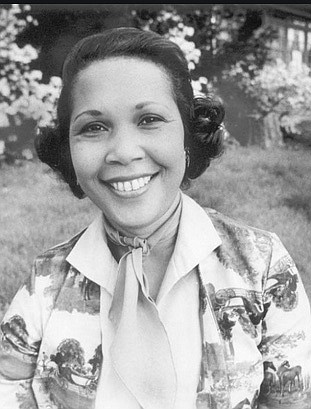Statue of teen civil rights advocate set to represent Virginia in U.S. Capitol
Free Press staff report | 12/17/2020, 6 p.m.
Teenage rebel Barbara Rose Johns, who led a student strike in Farmville that ultimately helped eradicate government-enforced racial segregation in the United States, is recommended to be Virginia’s new statue in the U.S. Capitol’s National Statuary Hall.
Gov. Ralph S. Northam on Wednesday announced that a commission he established has recommended that a statue of the late Ms. Johns replace one of Confederate Gen. Robert E. Lee, whose statue has represented the state since 1909.
The General Assembly still must ratify the choice, but Gov. Northam believes Ms. Johns, who died in September 1991, embodies the qualities that Virginia seeks to represent. “As a teenager, Barbara Johns bravely led a protest that defied segregation and challenged the barriers that she and her African-American peers faced, ultimately dismantling them,” Gov. Northam stated in his announcement.
By putting her statue in the Capitol building in Washington, “her idealism, courage and conviction will continue to inspire Virginians, and Americans, to confront inequities and fight for meaningful change now and for generations to come,” the governor stated.
As a 16-year-old, Ms. Johns organized and led the student walkout from then crumbling Robert Russa Moton High School on April 23, 1951. The goal was to protest the overcrowded and inferior condition of the building compared with Farmville High School reserved for white students.
Her effort led two NAACP lawyers from Richmond, Oliver W. Hill Sr. and future federal judge Spottswood W. Robinson III, to file one of the first lawsuits challenging the longstanding doctrine of “separate but equal” that had allowed Virginia and other state governments to embed racial segregation in all walks of life.
The lawsuit Ms. Johns inspired became one of the five cases the U.S. Supreme Court folded into the landmark 1954 Brown v. Board of Education of Topeka, Kan., decision. In that decision, the court overturned an 1895 decision and ruled unconstitutional government-enforced racial separation of public-school students and by implication the entire regime of apartheid.







